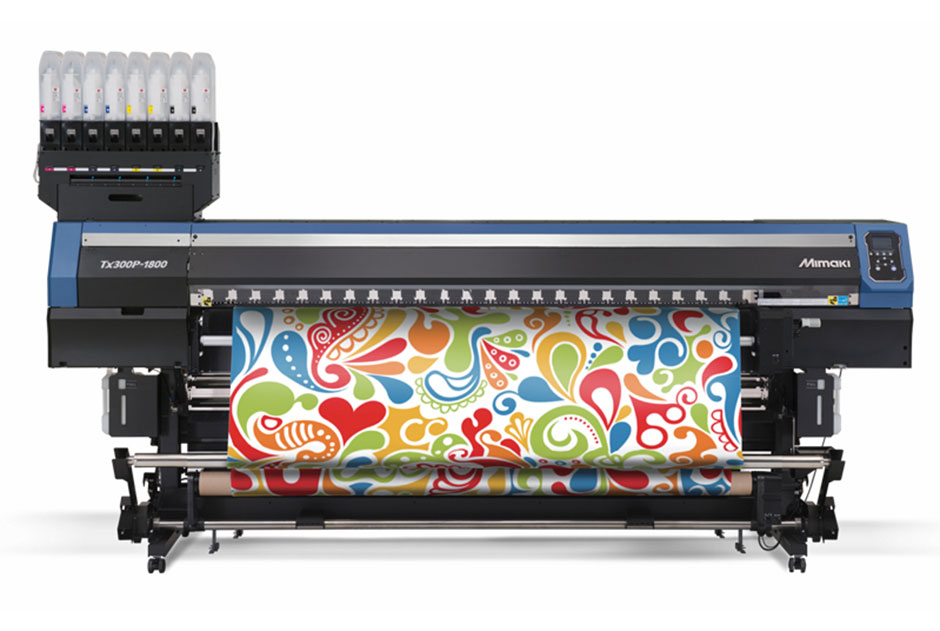Modern Printing and Its Impact on the Economy: An In-Depth Analysis
- Technological Advancements
1.1 Digital Printing
Digital printing has revolutionized the printing industry, offering several advantages:
Speed: On-demand printing has reduced order fulfillment time from days to hours.
Cost-effectiveness for small runs: Elimination of the need for printing plates has made even single-copy runs economically viable.
Personalization: Each print can be unique, opening new possibilities for marketing and advertising.
Eco-friendliness: Less waste and chemical use compared to traditional offset printing.
1.2 3D Printing
3D printing is transforming manufacturing processes in many industries:
Prototyping: Accelerating and reducing the cost of new product development.
Medicine: Creating custom prosthetics, implants, and even tissue for organs.
Aerospace: Manufacturing lightweight and durable parts with complex geometries.
Construction: Experimental construction of houses and infrastructure objects.
1.3 Process Automation
Automation in printing includes:
Robotic systems: Automatic material loading, plate changing, quality control.
Workflow management systems: Optimization of the entire production chain from order receipt to shipping.
Artificial Intelligence: Predictive equipment maintenance, material consumption optimization.
- Economic Impact
2.1 Growth of Customization
Development of niche markets: The ability to efficiently produce unique products for narrow market segments.
Support for startups: Lowering the barrier to market entry for new companies, especially in e-commerce.
Personalized marketing: Increasing the effectiveness of advertising campaigns through individual approaches.
2.2 Cost Reduction
Inventory optimization: Print-on-demand reduces the need for large warehouse spaces.
Energy efficiency: Modern equipment consumes less energy, reducing operational costs.
Waste reduction: Improved quality control systems minimize material losses.
2.3 Environmental Sustainability
Waste reduction: Digital printing technologies and precise material calculation reduce waste.
Use of eco-friendly materials: Development of biodegradable inks and recycled paper.
Energy-saving technologies: Implementation of LED-UV curing in offset printing reduces energy consumption.
2.4 Development of Related Industries
Chemical industry: Development of new types of inks and paints for various printing methods.
Electronics: Production of high-precision printheads and sensors for printing equipment.
IT sector: Creation of specialized software for managing printing processes and image processing.
2.5 Market Globalization
Decentralization of production: Ability to print products closer to the end consumer, reducing logistics costs.
International standards: Unification of requirements for printed products facilitates international trade.
Online platforms: Development of global marketplaces for ordering printed products.
- Impact on the Labor Market
3.1 Changes in Employment Structure
Automation of routine operations: Reduction in the number of jobs related to manual labor in printing.
Increased demand for technical specialists: Growing need for engineers, programmers, and operators of complex equipment.
Development of the service sector: Increase in the number of consultants for optimizing printing processes and print product designers.
3.2 New Professions
3D modeling specialists: Creating models for 3D printing in various industries.
Customization engineers: Developing systems for mass product personalization.
Ecologists in printing: Optimizing production processes considering environmental requirements.
- Impact on Business Models
4.1 Transition to a Service Model
Printing as a service: Development of cloud platforms for remote printing orders.
Managed print services: Comprehensive maintenance of printing equipment fleets for corporate clients.
4.2 E-commerce Development
Print-on-demand: Integration of online ordering systems with production processes.
Dropshipping of printed products: Creating a business without the need to hold inventory.
4.3 Diversification of Product Lines
Hybrid printing: Combining various printing technologies to create unique products.
Printing on non-standard materials: Expanding the range of applications for printing technologies.
- Conclusion
Modern printing has become a catalyst for profound economic changes, influencing production processes, business models, and employment structures. It promotes innovation, optimizes business processes, and creates new market niches. The impact of printing extends far beyond the traditional printing industry, affecting a wide range of economic sectors and stimulating overall economic growth.
The future of printing is closely linked to the further development of digital technologies, automation, and customization, which will continue to have a significant impact on the global economy in the coming decades.



